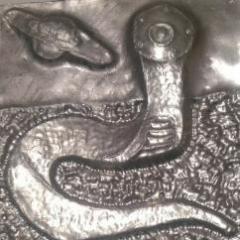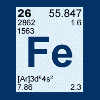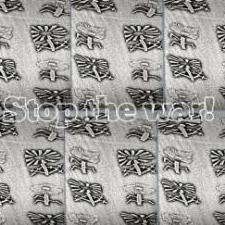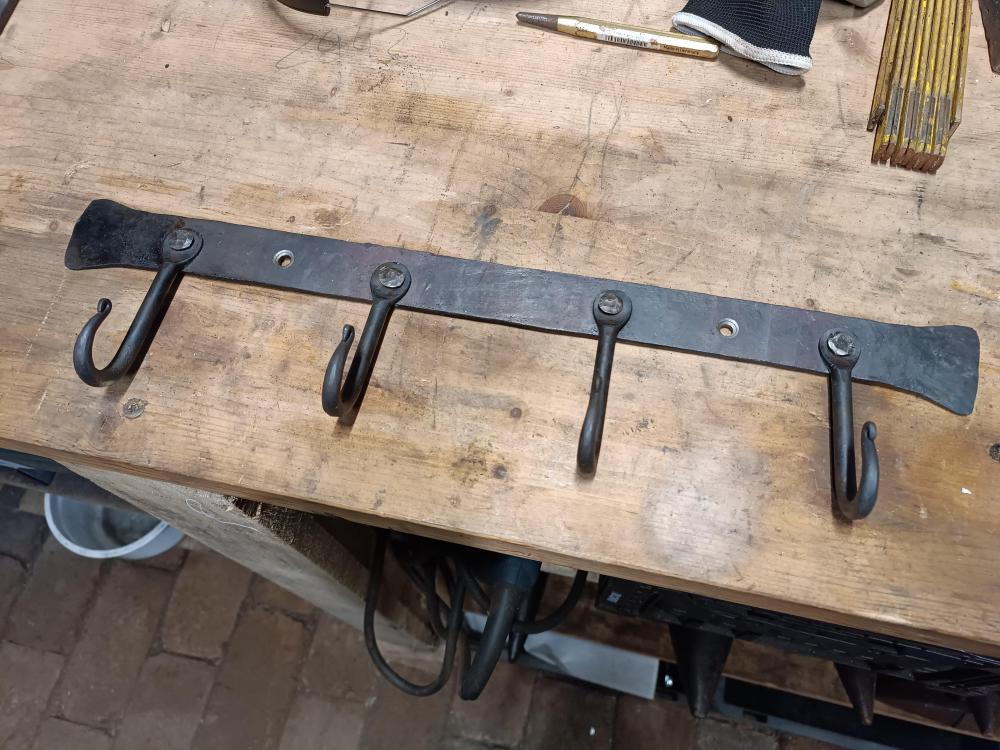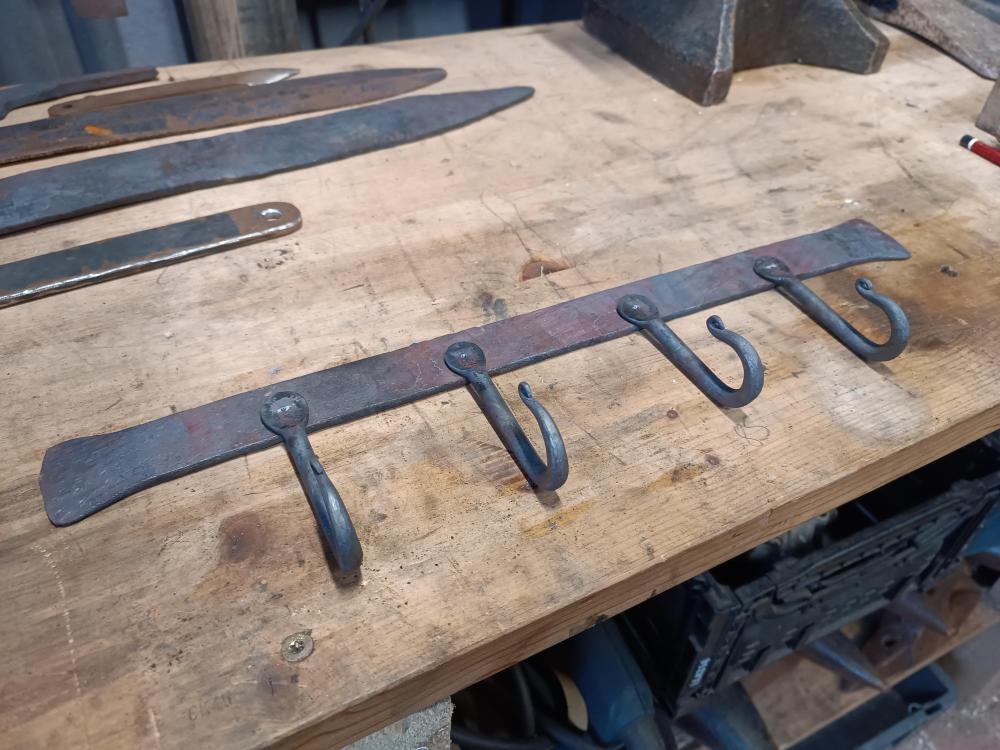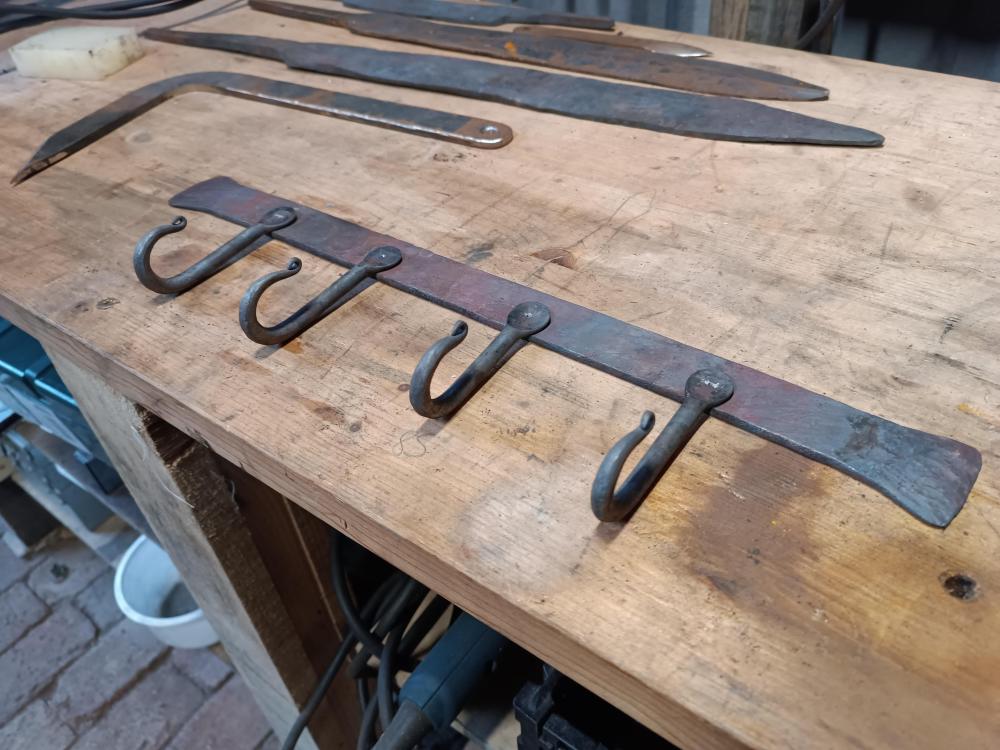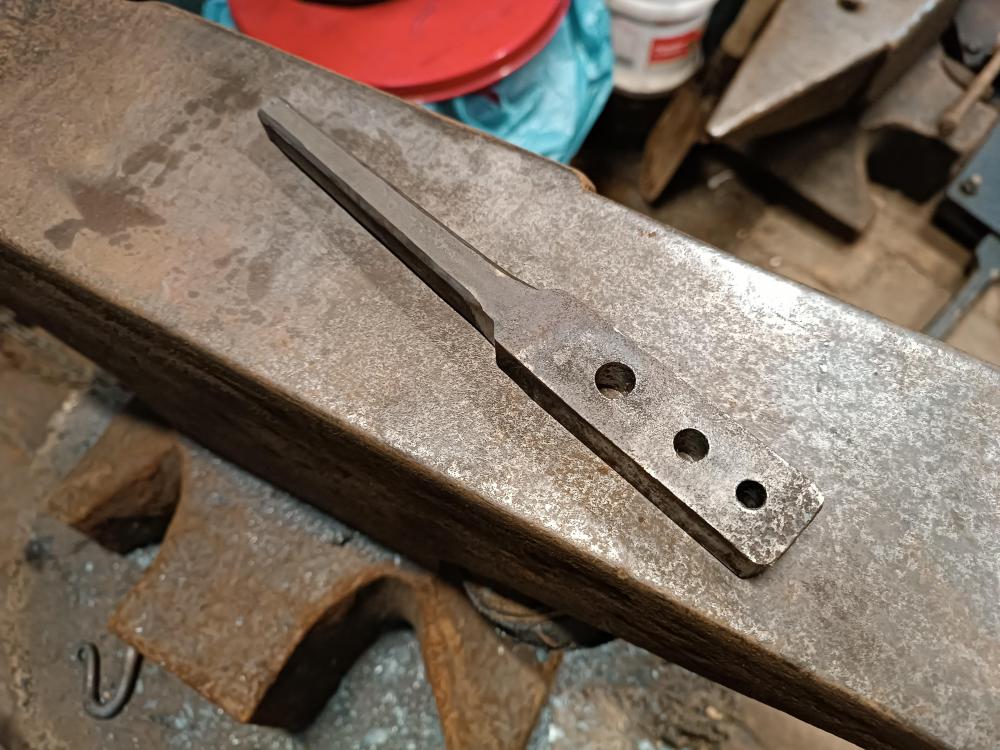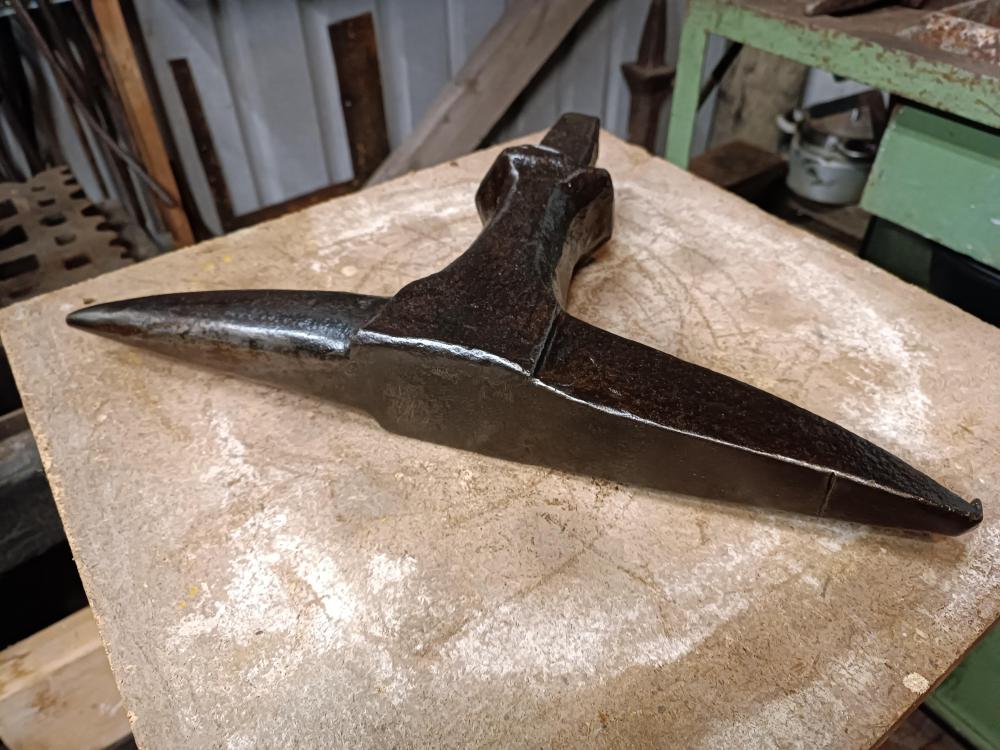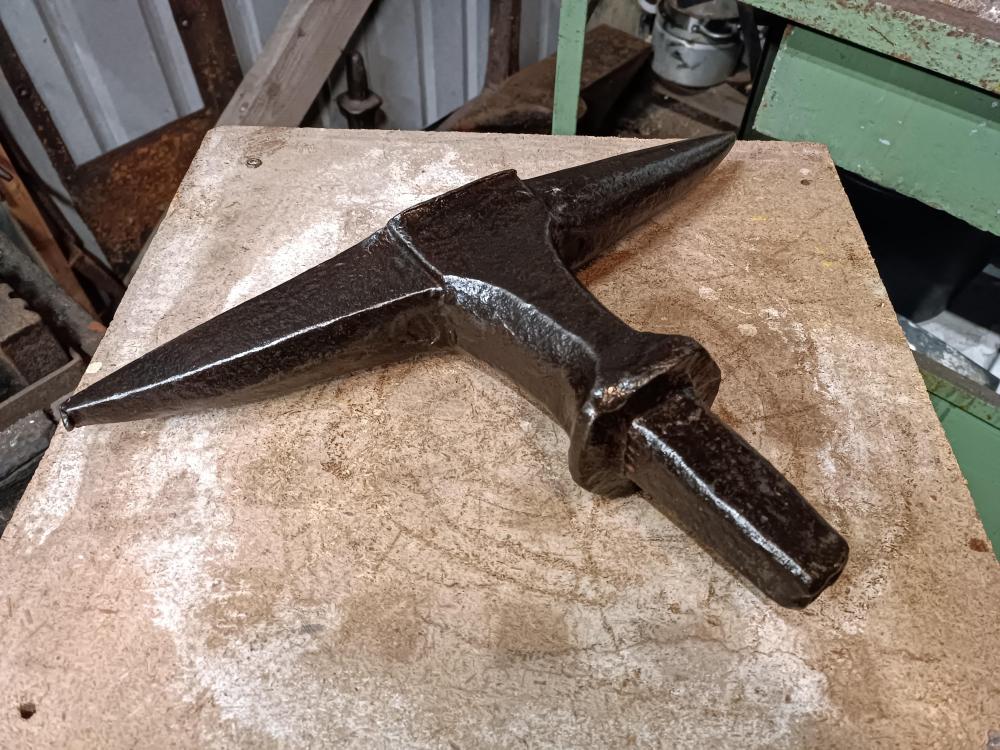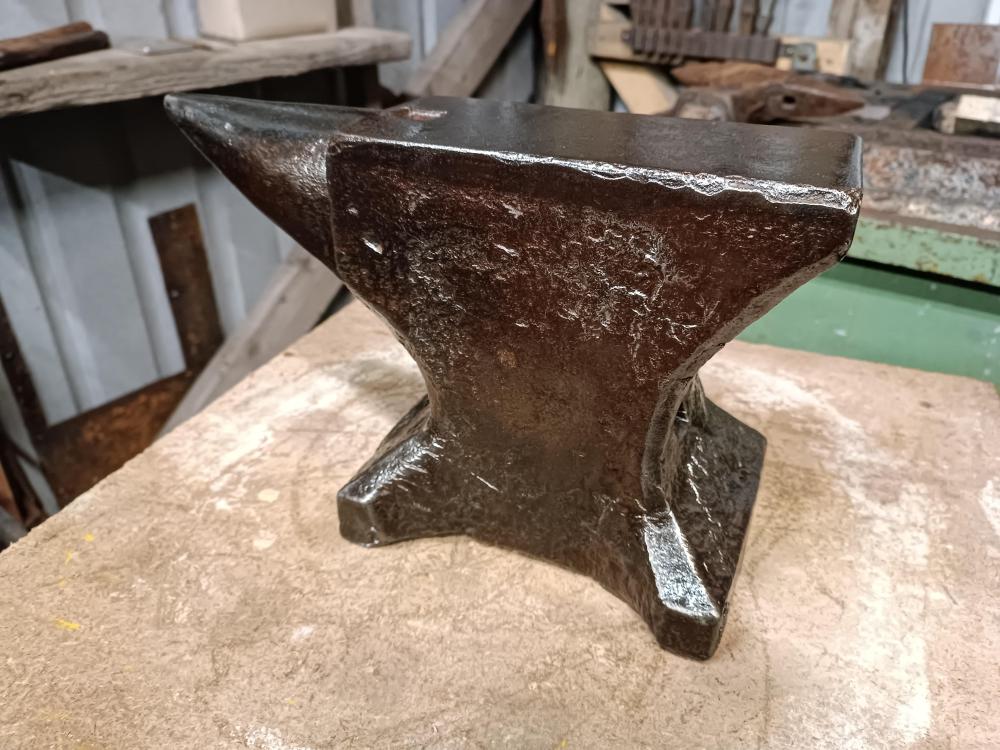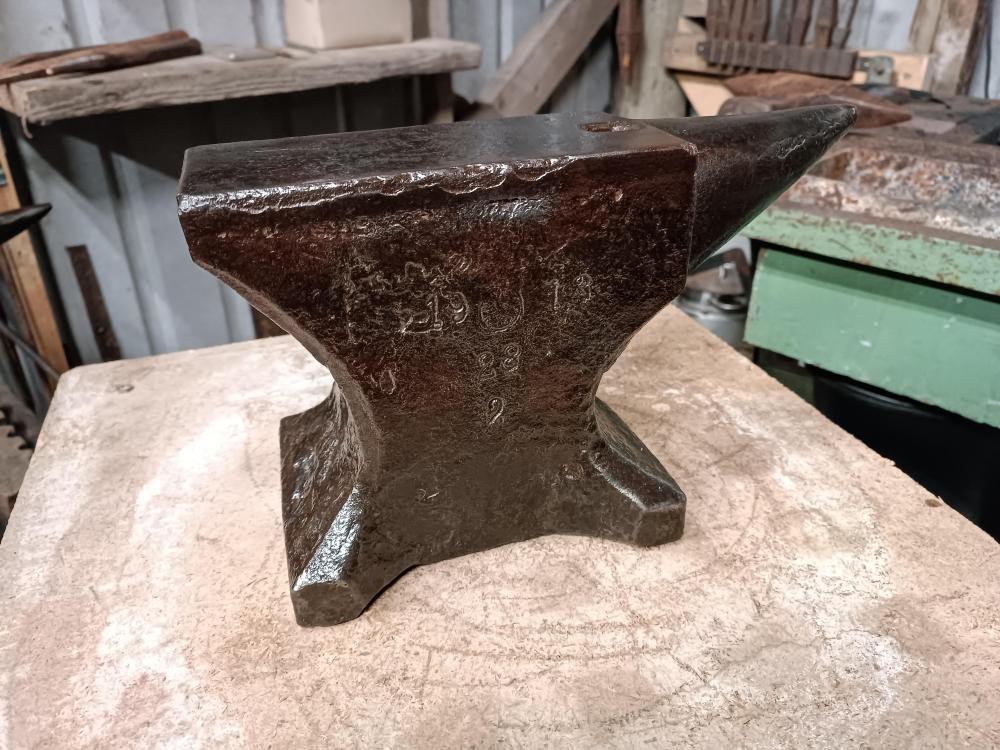-
Posts
75 -
Joined
-
Last visited
Profile Information
-
Location
Solingen, Germany
Recent Profile Visitors
384 profile views
-
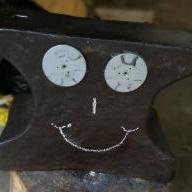
What did you do in the shop today?
Julianb replied to Mark Ling's topic in Blacksmithing, General Discussion
Billy, the boot scraper set in stone is a nice idea, I might steal that! Thanks in advance! Cheers! -
Interesting to see this pattern on a PFP anvil. You can clearly see the ground off flash residue below the horn, which also makes it identifiable as drop forged. Cheers!
-
I know, it still amazes me. And if people are willing to pay that, why not?
-
Hi! Nice anvil, could you post a picture of the makers mark and date? That'd be great! It is ridiculous to see the prices the "bigger" tools sellers on the various platforms are able to call up. I've seen anvils that have been up on the German small ads sides for around 300-500€ been offered up and sold for 2000$ in the US. But where there's a market... Cheers!
-
I’m afraid that won’t help us with determining the maker. Sorry I’m not of any more help here.
-
It was possible to order an anvil in almost any weight you wanted. The price differed according to the weight and if you'd want a pattern with distinct features like double-feet, a breast, upsetting block, etc. Some manufacturers, FWDS for example, offered such features only on anvils above 100kg. Which is most probably not a strict rule, if you paid for it, it wasn't impossible to do that. You could also order a pattern with an additional feature, that normally wouldn't be included, for example add double- or even triple- feet. As for your anvil, it is almost impossible to determine the maker, if there's no visible markings left. It could've been produced by anyone.
-
I do, what do you want to know?
-
Absolutely correct, but keep in mind that this FWDS catalogue is very crudely translated. Look at No. 46 for example, the word "Stauch" (upsetting block) is translated with "compression", which doesn't make any sense in this context, although "stauchen" means "to compress" in German.
-
Hello! First of all: Don't grind! If at all, I'd take a bit of sandpaper to the cuts to soften any sharper corners of the indents. What you have here is an anvil that comes closest to the so called "sächsische Form" (Saxony referring to the geographical region more than the present federal state), with double feet and a breast that doesn't have the smooth transition into the horn as for example the Southgerman or Bavarian patterns have. Those patterns don't mean anything concerning the region this anvil was actually manufactured in though. It can very well date back into the 19th century and probably does. It is a nice piece, have fun with it! Cheers! Julian
-

What did you do in the shop today?
Julianb replied to Mark Ling's topic in Blacksmithing, General Discussion
Interesting, thank you! I use a lot of previously rusted material, I'll try to compare it with some fresh steel sometime! -

What did you do in the shop today?
Julianb replied to Mark Ling's topic in Blacksmithing, General Discussion
Hello, I'll just squeeze in my finished hook rack in between all the great projects here. Coated in beeswax, I don't really like the reddish spots shimmering through, but stuff needed to be hung... Cheers! Julian -

What did you do in the shop today?
Julianb replied to Mark Ling's topic in Blacksmithing, General Discussion
Hello! I thought I'd just throw a few pictures in between all the really enjoyable to see pieces here. To practice forging uniform pieces of the same shape, I attempted a small hook rack. The hooks are made from 8mm round mild steel, the plate is some old wagon wheel rim. The riveting is still to be done. To be able to make rivets from small round stock, I practices with the power hammer a little, drew out a small piece of mild steel. I drilled the holes to try out the automatic feed of the drill press. Cheers! Julian -
Hello! This channel is a goldmine for images of traditional trades of the "Rheinland". There's more interesting stuff about the iron industry, here's just a few: There's a lot more related stuff, like the making of large grindstones, etc. Cheers! Julian
-
Hi, as a historian, I'd really like such a thread! Cheers! Julian
-

What did you do in the shop today?
Julianb replied to Mark Ling's topic in Blacksmithing, General Discussion
Hello! As it is currently around 0°C in my unheated shop and the fire alone doesn't warm up the machinery and tools enough to forge, I thought I'd tackle the cleanup of multiple anvils, that need derusting and oiling up... I started with a stake and finished with a smaller anvil by H.P. Winterhoff: Cheers!

